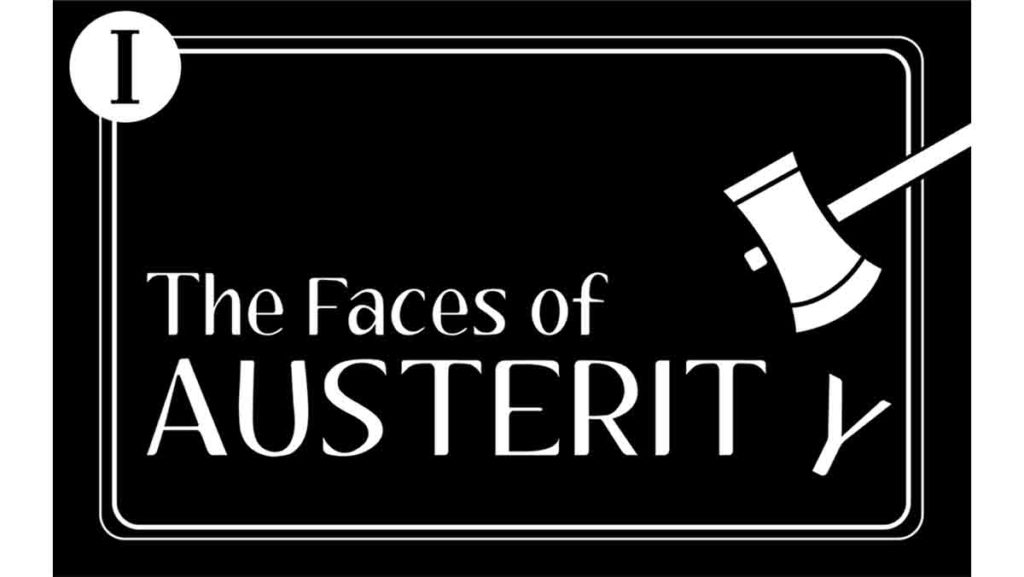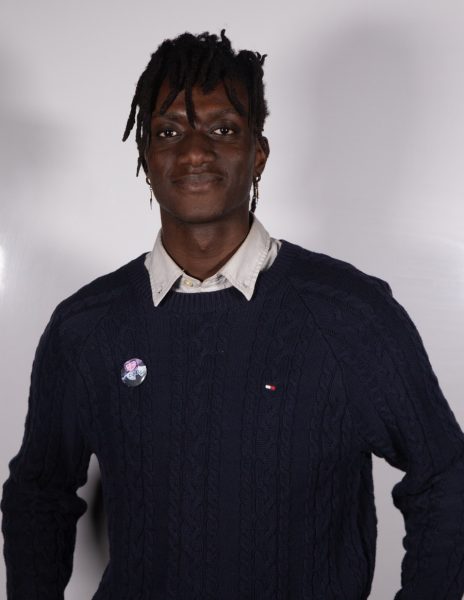
The Face Behind IC Portraits of Grief
Harriet Malinowitz, 66, is a lecturer in the Department of Writing and the Women’s and Gender Studies program and the author of the “Faces of Austerity” series. She has been teaching for 43 years and spent the past seven years at Ithaca College, where she has created courses at the college like Queerness and Writing and Palestine in Literature and Film. Malinowitz has a Ph.D. in Rhetoric and Composition from New York University.
Malinowitz has written a variety of media, including a play, stand-up comedy routines and her 1995 book, “Textual Orientations: Lesbian and Gay Students and the Making of Discourse Communities.”
“The thing I care more about than anything in the world is writing,” Malinowitz said. “It’s writing, writing and writing.”
For the past eight weeks, she has applied her passion for writing to show the human loss resulting from the Academic Program Prioritization (APP). Malinowitz said “Faces of Austerity” was inspired by the New York Times’ “Portraits of Grief” and the “Afghan Portraits of Grief” created by Peaceful Tomorrows following 9/11.
“I wanted people to see what we were losing and how cavalier the administration was being,” Malinowitz said.
Malinowitz identifies as a queer, Jewish anti-Zionist woman and was the faculty adviser to the college’s chapter of Students for Justice in Palestine. Outside of academia and activism, she is also passionate about hiking, historical houses and being at home.
She said she will miss being a part of an academic community but plans to continue to write after finishing her work at Ithaca College in Spring 2021. She has been researching and writing a second book with the working title, “Sometimes Something is True: Zionism, Propaganda and the Uses of Hasbara.”
Malinowitz said students in her classes often analyze propaganda, and this semester she has asked students to study the college’s and others’ statements about the APP.
“So far, nobody has said that they believe the administration,” she said.
Malinowitz said she tries to teach students to think critically.
“The message that comes from the leadership here is we’re supposed to teach them to submerge their critical faculties and not think too much about anything that they’re told, to just do what they’re told, accept very vague, undefined statements and terms at face value instead of pushing to ask, ‘What do they mean?’” she said.









